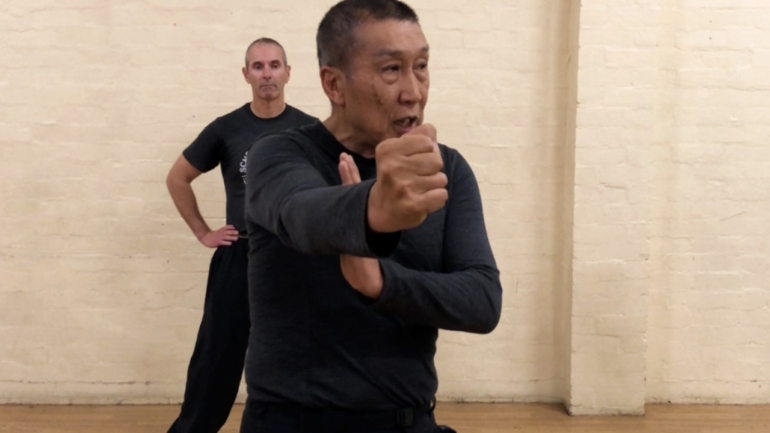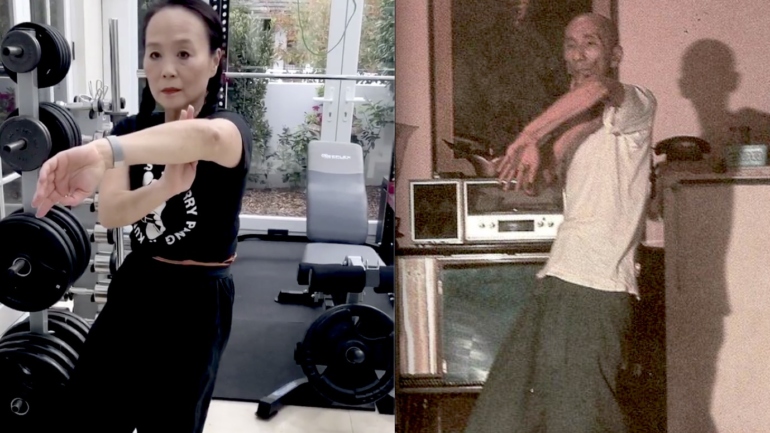Often viewed as an elbow strike, the Bil Jee elbow movement in Wing Chun is actually a defensive manoeuvre for rescuing hands. Fundamental to producing the right techniques under the right circumstances is knowing what each technique is…


Often viewed as an elbow strike, the Bil Jee elbow movement in Wing Chun is actually a defensive manoeuvre for rescuing hands. Fundamental to producing the right techniques under the right circumstances is knowing what each technique is…

Wing Chun is famous for straight-line attacks, but some of the most important movements in the style are circular. They optimise both attacking and defensive moves. In Lung Ying, rotation is built into everything. When Wing Chun departs…

Wing Chun uses high-speed, flowing punches to overwhelm opponents. This creates the problem of defending against such speed. The solution is found in the second form. Wing Chun’s second form, Chum Kil 尋橋 (Finding the bridge), teaches stepping,…

Sil Lum Tao is critical to Wing Chun practice as it builds the correct foundations. It provides the strength, conditioning and techniques that are essential before learning anything else. Ip Man organised the Wing Chun system to ensure…

Ip Man (1893-1972) possessed rare martial arts skills, developed across 5-decades of learning, built from the perspectives of his two masters. But whilst he taught many students in his latter years, their interpretations of his kung fu vary…

Today many martial artists seek to practice what they believe is a pure and therefore better style. But history tells us that masters of the 20th century had a far more flexible point of view. Three legends of…

Wing Chun’s unique forearm sensitivity-training exercise often devolves into soft rollover habits. However, in applied kung fu, Chi Sao practice has to be far more assertive. Given that real self-defence situations are high pressure, forceful encounters with wild…

Wing Chun’s Lap Sao is an important drill to develop the instinct to clear the path. However, many practitioners lack true intent, reducing the technique to a soft rollover routine. Sifu Barry Pang explains that in Lap Sao…

The first section of Chum Kil introduces the pivot and a rigid Bong Sau movement. The second takes it further, teaching kicks, stepping and sophisticated hand-feet coordination. Sifu Barry Pang explains that what comes first in Wing Chun…

Wing Chun’s most advanced form starts with a widely misunderstood grabbing technique. This underscores the importance of layered learning where it comes to developing skill in a sophisticated martial art. The Wooden Dummy Form (Muk Yan Jong 木人樁)…